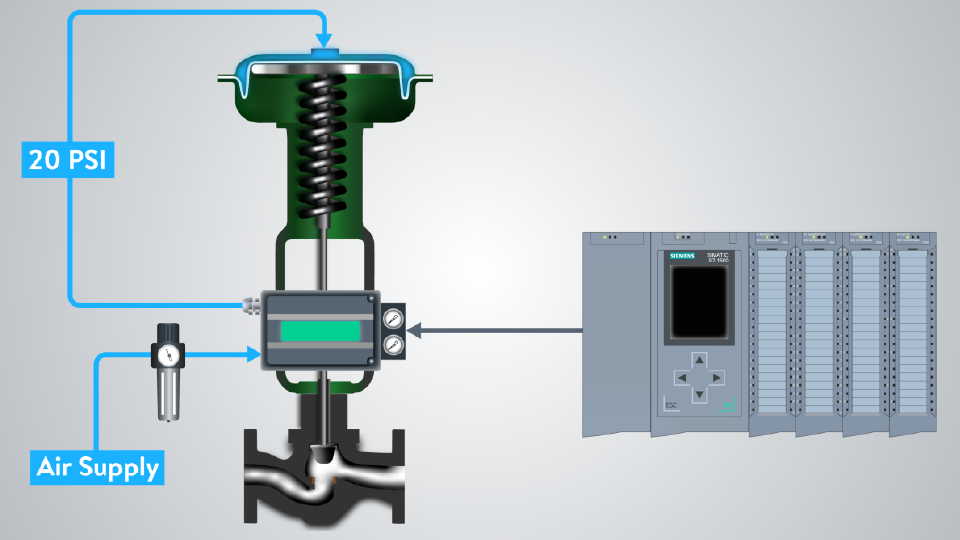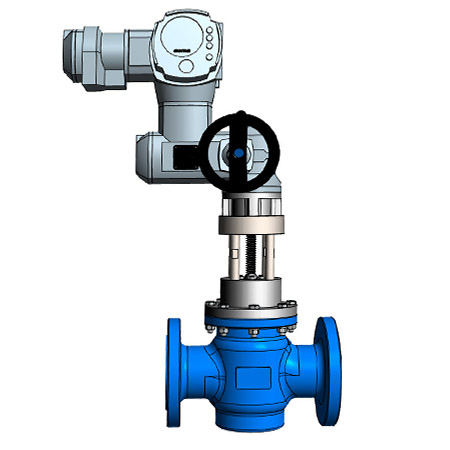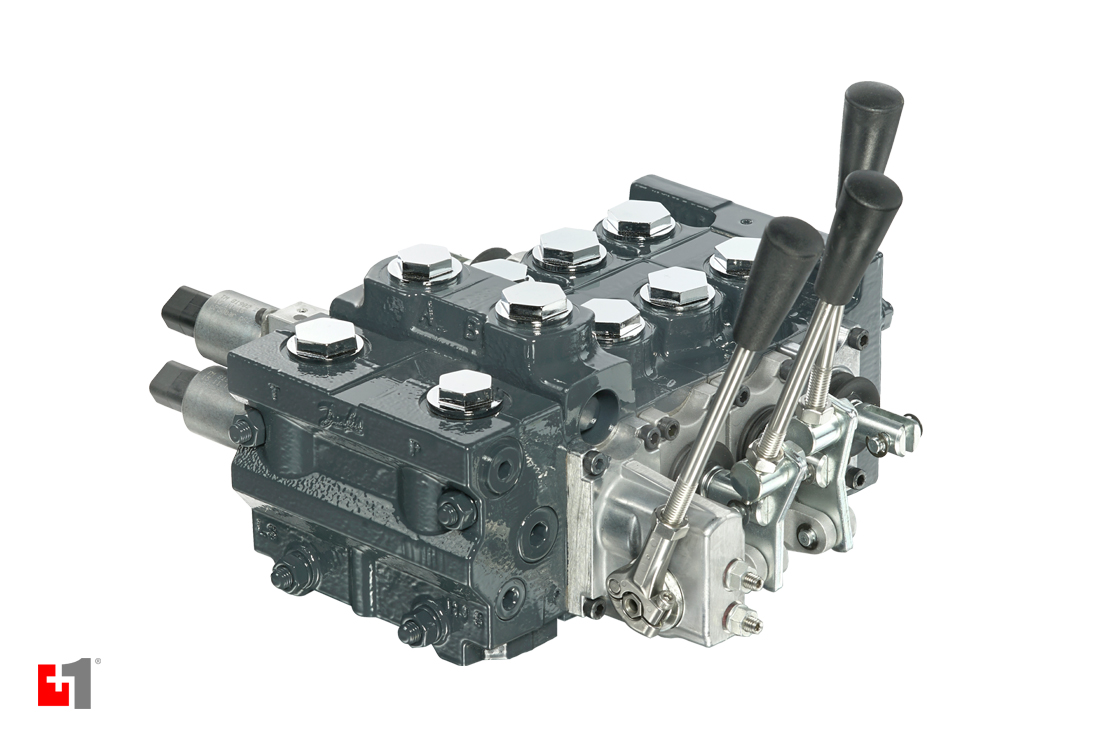Essential Factors to Consider When Selecting Control Valves
Essential Factors to Consider When Selecting Control Valves
Blog Article

Maximize Power Cost Savings and Comfort With Advanced Structure Automation Controls
In the world of modern-day architecture and center management, the combination of innovative building automation regulates stands as a critical innovation. By harnessing the power of automation, buildings can adjust, respond, and progress in means that were once inconceivable.
Power Performance Advantages
Power performance benefits can considerably lower energy consumption and operational expenses in structures. By implementing energy-efficient practices and innovations, structure proprietors and drivers can attain substantial savings while likewise contributing to environmental sustainability. Among the key benefits of boosting power performance in structures is the decrease of energy costs. Energy-efficient systems, such as innovative structure automation controls, can optimize making use of resources like air conditioning, home heating, and illumination, resulting in lower energy expenses gradually.
Additionally, improved power performance can lengthen the life expectancy of building tools and systems. By running much more efficiently, heating and cooling systems, light, and various other building parts experience much less damage, leading to decreased upkeep and replacement costs. Additionally, energy-efficient structures typically regulate higher building worths and rental rates, supplying long-term economic benefits to proprietors.
Moreover, power effectiveness can boost resident comfort and productivity. Effectively regulated interior settings with optimal lighting and thermal problems create a more positive and conducive work space, resulting in enhanced staff member contentment and performance. Generally, the energy efficiency benefits related to innovative structure automation controls are multifaceted, including expense financial savings, environmental stewardship, and passenger health.
Enhanced Comfort Control
Enhancing comfort control in structure environments needs an advanced assimilation of innovative automation systems for optimal owner well-being. By utilizing advanced building automation controls, facilities can customize the indoor environment to satisfy the specific needs and preferences of residents. These systems allow accurate policy of illumination, temperature, and ventilation, creating a comfortable and productive environment. Resident fulfillment and efficiency are closely connected to thermal comfort, making it important to have systems in location that can adapt to changing conditions in real-time.
Improved convenience control surpasses fundamental temperature changes. It includes features such as individualized setups, occupancy sensing units, and natural light application to produce a dynamic and receptive atmosphere. By including these sophisticated controls, buildings can not just improve comfort yet also improve power performance by maximizing system operations based on real occupancy and use patterns. Ultimately, focusing on occupant convenience with innovative automation systems causes an extra satisfying and healthier interior setting.
Functional Performance Improvements

Furthermore, the application of real-time monitoring and analytics tools allows building operators to determine power inefficiencies and functional abnormalities quickly. By continually keeping an eye on power usage patterns and system performance metrics, modifications can be made in real-time to optimize energy usage and make sure peak functional efficiency. control valves. Furthermore, including need response techniques right into structure automation controls can even more improve functional effectiveness by dynamically readjusting power use based on grid conditions and prices signals
Indoor Environment Optimization
Reliable interior environment optimization is a fundamental element of building automation controls, making certain owners' convenience and well-being while making the most of energy cost savings. By using sophisticated sensors and controls, constructing automation systems go to this website can continuously change and keep track of temperature, humidity levels, air high quality, and ventilation to create an optimal indoor setting. Keeping regular and comfortable conditions not only enhances occupant fulfillment however likewise boosts productivity and overall health.
Interior climate optimization also plays an essential function in energy performance. By fine-tuning home heating, cooling, and ventilation systems based upon real-time data and occupancy patterns, developing automation controls can dramatically minimize energy intake - control valves. As an example, carrying out strategies such as demand-controlled air flow and thermal zoning can assist minimize power waste while making sure that each area of the structure obtains the essential conditioning.

Lasting Atmosphere Creation
Structure automation manages not just enhance indoor environment conditions for power performance and owner convenience however likewise lay the foundation for creating a sustainable setting via calculated monitoring of sources and systems. By integrating innovative structure automation innovations, such as sensing units, actuators, and intelligent software program, centers can keep an eye on and change power usage in real-time to minimize waste and lower their carbon footprint. These systems allow anticipating upkeep, identifying possible problems prior to they intensify read review and optimizing tools performance to boost durability and efficiency.
In addition, sustainable environment production extends past energy monitoring to include water preservation, waste reduction, and interior air high quality renovation. Building automation controls can manage water usage, discover leaks, and make sure proper garbage disposal techniques, adding to total sustainability efforts. In addition, by checking and managing air flow and filtration systems, these modern technologies enhance passenger health and efficiency while lowering energy usage connected with a/c procedures.
Conclusion
To conclude, progressed building automation controls offer substantial advantages in terms of energy cost savings, convenience control, operational efficiency, indoor environment optimization, and developing a lasting environment. By executing these controls, buildings can accomplish optimum efficiency while decreasing power intake and improving occupant comfort. It is apparent that the usage of sophisticated automation technology is crucial in improving structure efficiency and developing a much more lasting future.
Energy effectiveness advantages can dramatically lower energy consumption and operational costs in structures. Overall, the power performance advantages linked with innovative structure automation controls are complex, incorporating investigate this site expense financial savings, ecological stewardship, and passenger wellness.
Furthermore, incorporating demand feedback approaches right into building automation controls can better improve operational performance by dynamically changing energy use based on grid conditions and pricing signals.
Structure automation manages not only maximize indoor climate problems for energy effectiveness and resident convenience however also lay the structure for creating a lasting environment via critical management of systems and resources.In verdict, advanced structure automation manages deal considerable advantages in terms of energy financial savings, comfort control, functional effectiveness, interior climate optimization, and producing a sustainable atmosphere.
Report this page